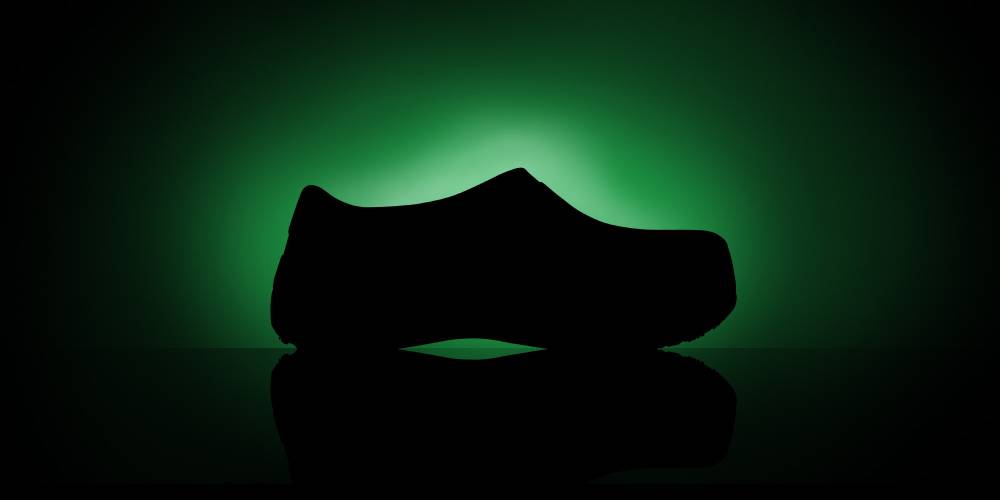
02/26/2024
What do we do when a customer asks for a custom shoe? We deliver.
Sometimes our customers come to us with what they assume are strange requests. For example, a convenience store chain, with more than 1,000 locations, thought…
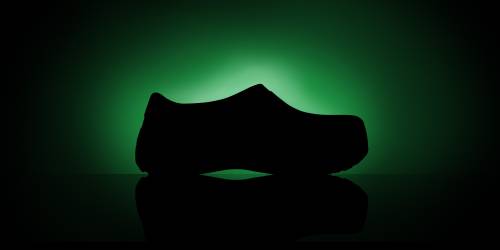
What do we do when a customer asks for a custom shoe? We deliver.
Sometimes our customers come to us with what they assume are strange requests. For example, a convenience store chain, with more than 1,000 locations, thought…

What is MaxTRAX®?
Picture an avalanche, a massive avalanche of mediocre shoes trying to pass for something that’s safe for the workplace. When we first started out, that&rsquo…

“TRADES CAREERS FOR ALL”
SR Max® Donates $20,768.26 to She Built This City
The work we do is never about quick sales. It’s about the people with their boots on the ground. So you better believe that SR Max® always supports…

Shop With a Purpose at SR Max This Giving Tuesday
This Giving Tuesday we’re committed to making a difference by donating 10% of our gross website sales to She Built This City. Getting involved is easy.…
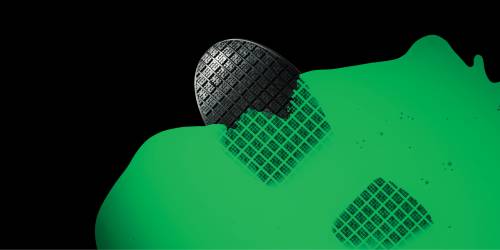
Who is SR Max?
Who is SR Max®? At first glance, that might sound like a silly question because, of course, we’re a slip-resistant shoe company. Well, yes ……
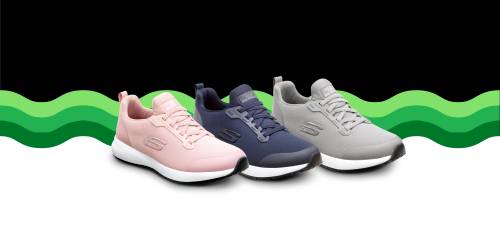
Buyers Guide: What Makes an Amazing Slip-Resistant Shoe?
In 2019 the National Institute for Occupational Safety and Health released a study that showed a 67% reduction in slip injury claims among 17,000 school…
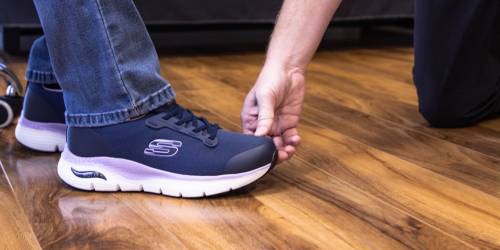
Top 10 Tips for Finding the Perfect Fit
We've all made the regrettable decision to purchase shoes that pinch, rub, leave blisters, or are just too darn tight. Not only are these beautiful, ill…
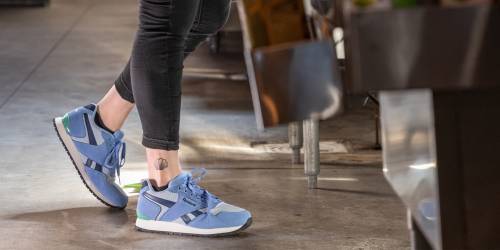
Helpful Tips for New Bussers
So youre new to the restaurant biz. By now, youve probably learned that restaurant jobs entail several hours on your feet while constantly having to run…
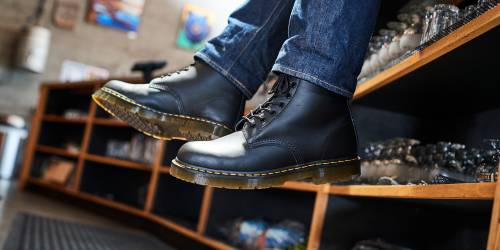
Sole Education Grant Returns for a Second Semester
The leading supplier of safety toe footwear is bringing back the Sole Education Grant for a second semester! After a successful pilot run this summer, where…
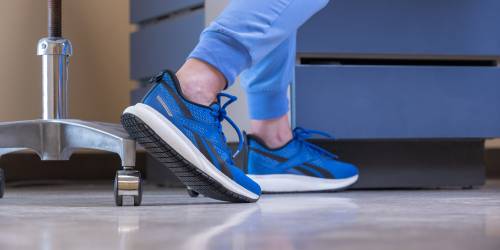
The Slip Resistant Shoe Recipe
Add some leather, a dash of a cushioned insole, a splash of impact zone padding, and a heaping helping of MaxTRAX® slip-resistant outsole and we’re…
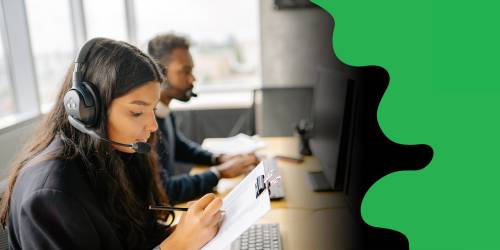
The Customer Service Crash Course
Whether you're a 16-year-old starting your first job as a grocery store cashier or a sales team veteran, a customer service refresher is never a bad thing.…
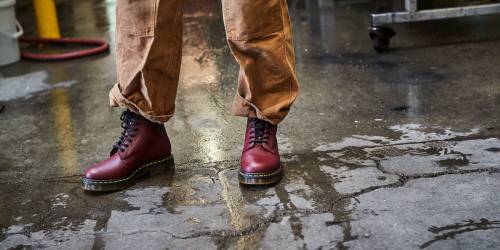
The Most Commonly Slipped-On Surfaces
It's true...Americans slip and fall a lot. In fact, over one million Americans suffer a slip and fall injury every year. You'd almost wonder how we get so…